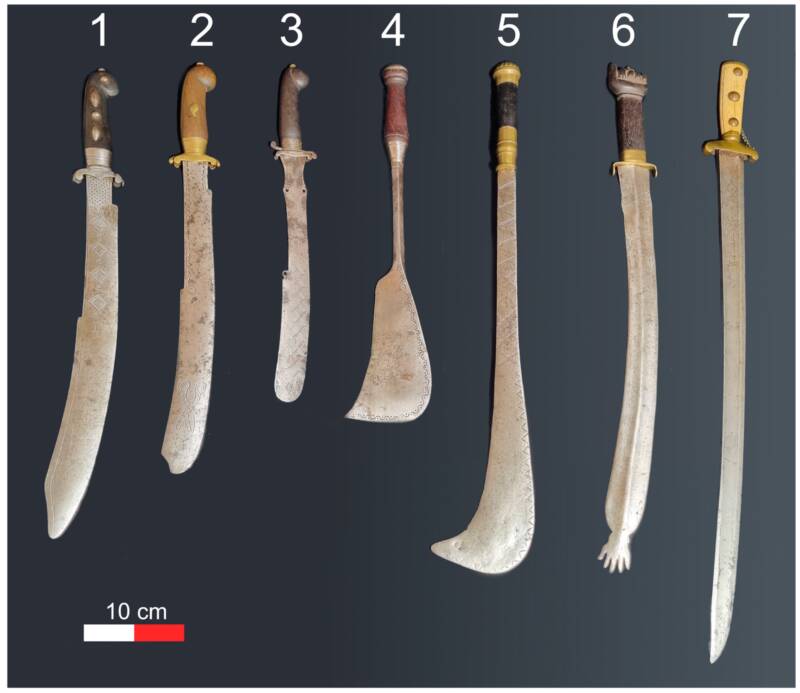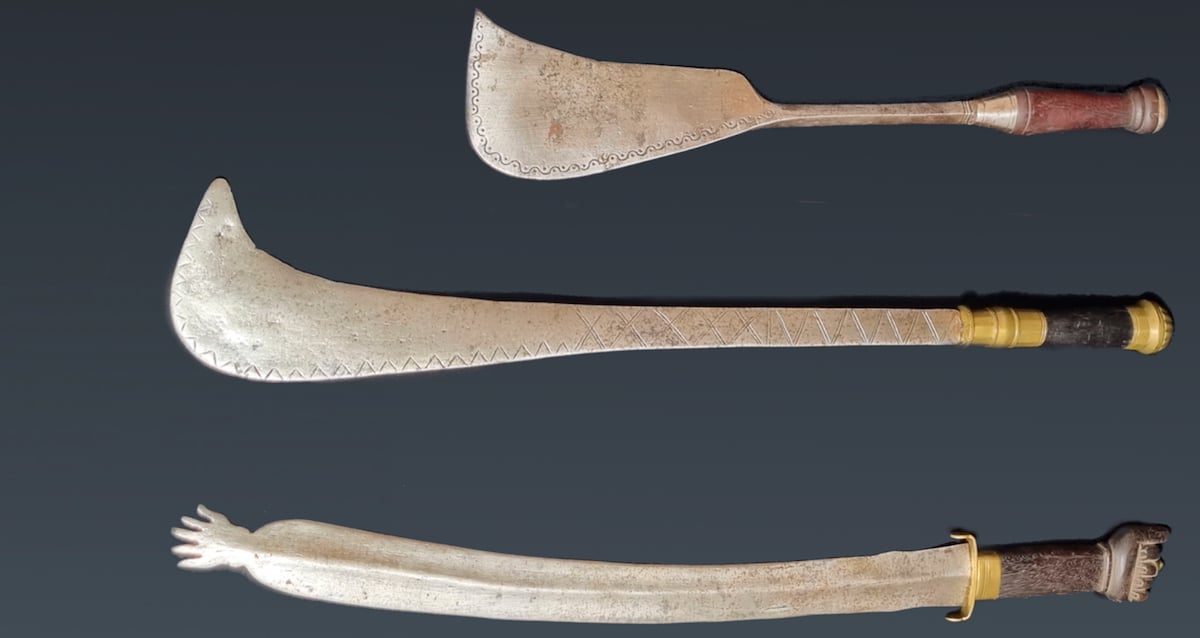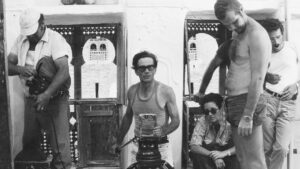Ancient Dahomey Swords Reveal Hidden Craftsmanship Secrets That Could Rewrite History
Ever wondered what happens when you take several types of iron, toss them into a melting pot, and then fold that mix over and over again—like some sort of ancient blacksmith’s origami? No, it’s not a sushi technique gone sideways; this is how the Dahomey swords came to life—a process so unique and artful that no other culture in history ever pulled it off. For decades, folks assumed these stunning, patterned blades were European imports, but hold on… new evidence from some high-tech science whizzes says otherwise. It turns out, the craftsmen of the 19th-century West African Kingdom of Dahomey weren’t just skilled—they were outright masters forging these “hwi” swords right on their own soil. Intricately folded, locally smelted, and beautiful as hell, these swords tell a story of technological genius and cultural pride that’s just begging to be retold. Ready to flip the script on history and see craftsmanship in a whole new light?
These swords were forged via a distinctive process of blending various types of iron and then folding them together into delicate patterns, a method that created uniquely beautiful blades and has never been seen anywhere else in history.

ANSTOThe six Dahomey swords, or “hwi,” recently analyzed by ANSTO scientists.
New research shows that swords forged in the West African Kingdom of Dahomey in the 19th century were made by local craftspeople and not imported from Europe, as some experts had speculated.
Scientists from the Australian Nuclear Science and Technology Organization (ANTSO) discovered, following a non-invasive multi-methodological analysis, that the Dahomey swords were likely made from locally smelted iron, contradicting the existing consensus among historians.













